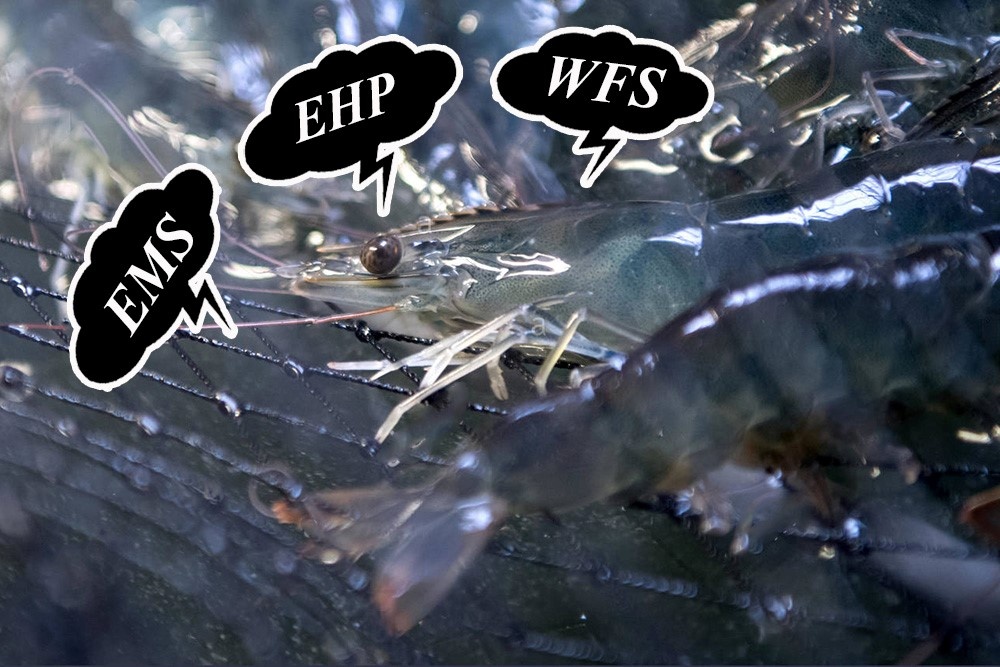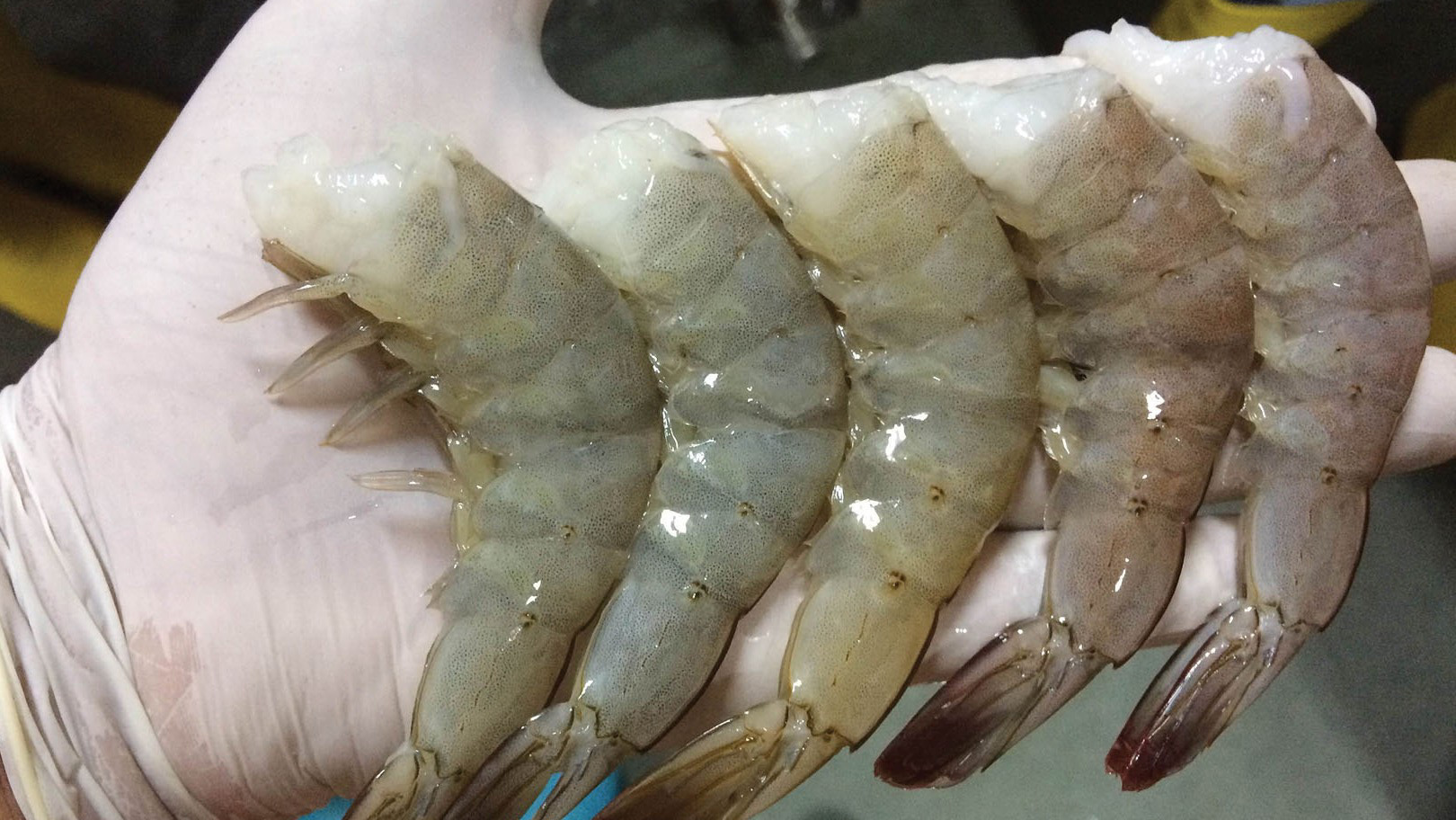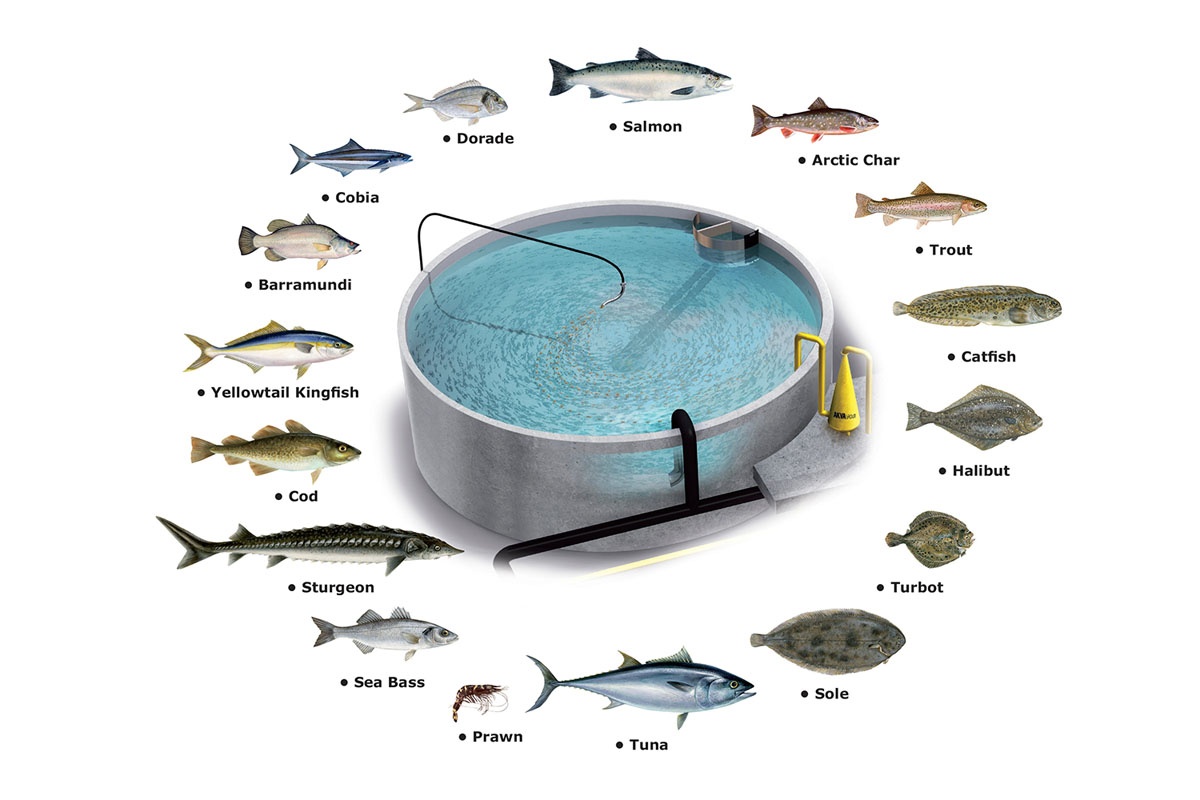Technical Information
Artemia – Hosts infecting shrimp with EHP?
Artemia can be considered as a carrier for EHP parasites in white shrimp.
Infection caused by Enterocytozoon hepatopenaei (EHP), is one of the serious threats to shrimp farming. EHP outbreaks are widely reported in China, Indonesia, Malaysia, Vietnam, Thailand and India. EHP develops in the cytoplasm of the host cell – hepatopancreatic tissue in cultured shrimp. Clinical signs of infected shrimp include stunted growth, reduced feed consumption (50–70%), white feces, and discolored hepatopancreas.
In the search for EHP infection routes, planktons were first suspected, as they have long been the preferred choice, widely used in aquaculture, especially in the period larval. Unlike pellet diets that tend to agglomerate on the surface of the water, live food can swim in the water and is always available to shrimp larvae. Besides, they are known to stimulate the eating response of fish and shrimp and are more palatable than commercial feed.
In shrimp hatcheries, providing nutrient-rich feed for the larval stage is considered an important part. To fully meet that demand, Artemia – a newly hatched larva – is used with the characteristics of very high nutrition, high protein content and many essential amino acids, fatty acids and minerals for the stage. reproduction of shrimp and fish as well as creating pigments for ornamental fish.
Artemia’s ability to act as a carrier/transmitter has been demonstrated in various aquatic pathogens such as bacterial and viral infections. Screening of feed sources to prevent cross-contamination in the facility is essential, while methods to prevent contamination have not been fully developed. Usually, the infection spreads more rapidly from infected animals to uninfected animals due to horizontal transmission. The objective of this study was to investigate the pathogenicity of Enterocytozoon hepatopenaei (EHP) against Artemia and to determine if it acts as an EHP reservoir.
Artemia salina is a crustacean, in the phylum Arthropoda class Crustacea, subclass Branchiopoda, order Anostraca, family Artemiidea, genus Artemia. Commonly known as brine shrimp, are zooplankton widely used as a live food source in hatcheries. It has a high nutritional value and all life stages: larval, semi-adult and adult are used as food. Under the right conditions (light, oxygen, salinity), the eggs will hatch in 36–48 hours.
To examine the EHP infection pathway in Artemia, it was performed by soaking the tissues of shrimp infected with EHP with Artemia salina. A PCR procedure was then performed to check whether EHP was present in Artemia. Then, EHP-infected live Artemia was fed to healthy vannamei shrimp. Similarly, shrimp after being fed will also be sampled to confirm the presence of EHP by PCR method.
The results indicated that EHP could be transmitted horizontally to shrimp cultured with Artemia when used as feed. While infected vannamei usually show clinical signs such as reduced feed absorption and stunted growth, Artemia salina does not show any significant symptoms. Performing PCR (Polymerase chain reaction) to reconfirm EHP parasite infection on Artemia showed positive results in all developmental stages without any mortality. Histopathological analysis of Artemia also revealed the presence of spores. Therefore, Artemia is accepted as a carrier for EHP parasites in white shrimp.
This leads us to suspect that these plankton may not only be vectors of EHP, but that they may also be affected by pathogens. Further studies need to be done. In general, infectious diseases are spread through food, water, or other microbial sources. Currently, there is no medication to specifically control this infection. Only good management practices, appropriate biosecurity practices can help prevent infection and subsequent production losses. Therefore, monitoring these sources is a practice followed by shrimp farmers to minimize or prevent infection.




